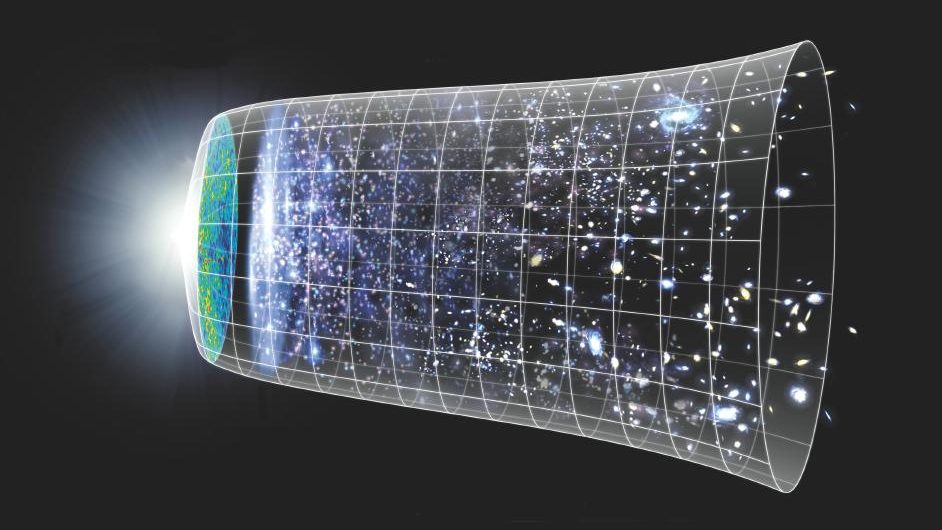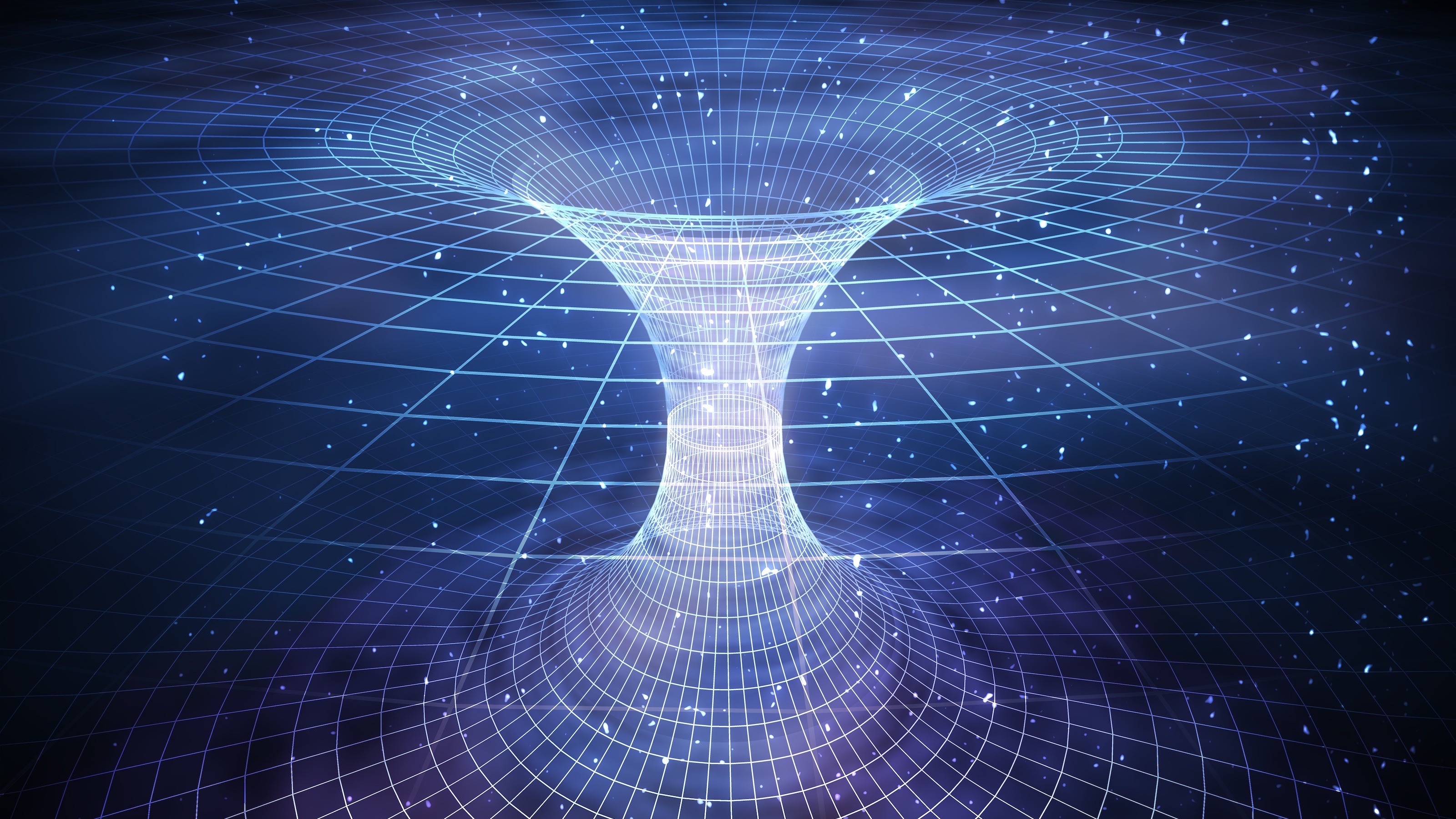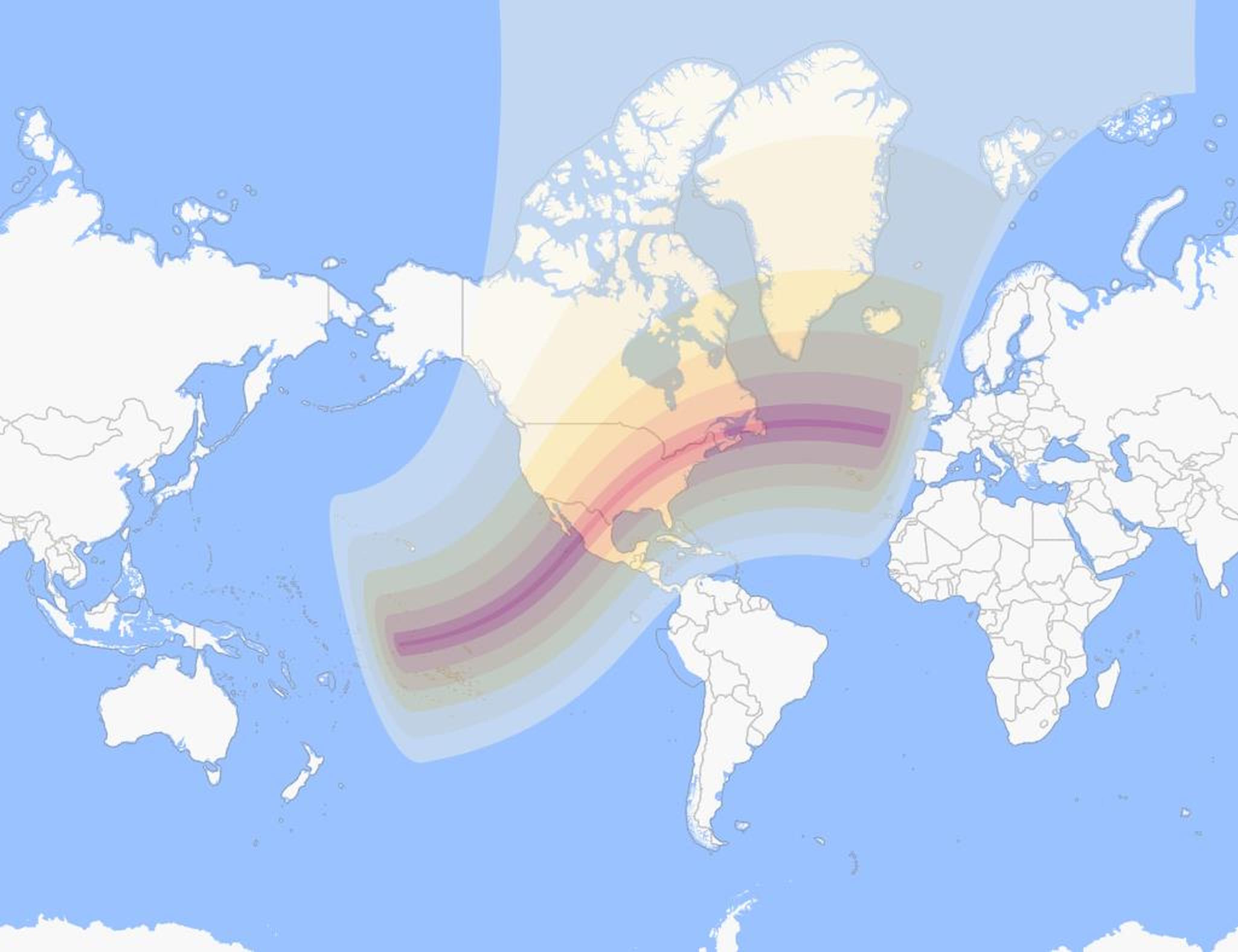
The Universe is out there, waiting for you to discover it.
Our mission: to answer, scientifically, the biggest questions of all.
- What is our Universe made of?
- How did it become the way it is today?
- Where did everything come from?
- What is the ultimate fate of the cosmos?
For countless generations, these were questions without resolutions. Now, for the first time in history, we have scientific answers. Starts With A Bang, written by Dr. Ethan Siegel, brings these stories — of what we know and how we know it — directly to you.
Get Starts With A Bang in your inbox
Featured
Why power generated through nuclear fusion will be the future, but not the present, solution to humanity’s energy needs.
It’s a strange idea to consider: that a tiny building block of matter, the atomic nucleus, holds the greatest potential for energy release.
And yet, it’s true; while electron transitions in atoms or molecules typically release energy on the order of ~1 electron-Volt, nuclear transitions between different configurations release energies a million times as great, on the order of ~1 Mega-electron-Volt.
Popular
From before the Big Bang to the present day, the Universe goes through many eras. Dark energy heralds the final one.
A wild, compelling idea without a direct, practical test, the Multiverse is highly controversial. But its supporting pillars sure are stable.
The surface and atmosphere is colored by ferric oxides. Beneath a very thin layer, mere millimeters deep in places, it’s not red anymore.
The first supernova ever discovered through its X-rays has an enormously powerful engine at its core. It’s unlike anything ever seen.
Just 13.8 billion years after the hot Big Bang, we can see 46.1 billion light-years away in all directions. Doesn’t that violate…something?
All Stories
From quarks and gluons to giant galaxy clusters, everything that exists in our Universe is determined by what is (and isn’t) bound together.
JWST has brought us more distant views of the early Universe than ever before. Is the Big Bang, and all of modern cosmology, in trouble?
If you look into a mirror, you’ll notice that left-and-right are reversed, but up-and-down is preserved. The reason isn’t what you think.
Nearly 2000 years ago, Mt. Vesuvius erupted, burying Pompeii but incinerating Herculaneum. The most lethal volcanic phenomenon is at fault.
For decades, theorists have been cooking up “theories of everything” to explain our Universe. Are all of them completely off-track?
With infrared capabilities and image sharpness far beyond Hubble’s limits, JWST looked at Hubble’s deepest field, revealing so much more.
The Universe is grand, awe-inspiring, and greater than we likely imagine. Even astrophysicists get anxious thinking about it, but we cope.
The double-slit experiment, hundreds of years after it was first performed, still holds the key mystery at the heart of quantum physics.
With a massive, charged nucleus orbited by tiny electrons, atoms are such simple objects. Miraculously, they make up everything we know.
“Imagination is more important than knowledge” is often taken to mean that your conceptions outweigh what’s real. That’s not what he said.
Voyager 2 flew past Uranus in 1986, finding a bland, featureless world. Now, in 2023, JWST’s sights are similar. There’s a reason for that.
When white dwarfs explode, they create a type Ia supernovae. After decades of following the leading theory, here’s the complete overhaul!
From up close, the cracking sound of a thunderclap dominates. From far away, it’s more like a drawn-out rumble. Can science explain why?
When someone attempts to make you afraid of something that hasn’t happened instead of a true, present danger, suspect this nefarious ploy.
Leading a scientific revolution is easy: you just have to succeed where the current theory fails while equaling its successes. Good luck!
Most of us only ever see a fraction of a full rainbow: an arc. But optically, a full rainbow makes a complete circle. Physics explains why.
The next solar eclipse to occur over heavily populated areas is on April 8, 2024. For a spectacular show; here’s where the best views are!
Our huge, expanding Universe may truly be infinite. But if the set of possible quantum outcomes is also infinite, which “infinity” wins?
With a finite 13.8 billion years having passed since the Big Bang, there’s an edge to what we can see: the cosmic horizon. What’s it like?
Gamma-ray bursts are among the most energetic cosmic events of all. On October 9, 2022, a remarkable one occurred: the brightest ever seen.
Many galaxies really are ultra-distant, but some are just intrinsically red or dusty. Only with spectroscopy can JWST tell which is which.
Mercury, Venus, and Mars are all uni-plate planets, and may always have been. Here’s what’s known about why Earth, uniquely, has plate tectonics.
Lots of people have seen lots of bizarre events and phenomena that defy our conventional experience. But is there a scientific explanation?
With a bigger, better, and more sensitive detector, the XENON collaboration joins LZ and PANDA-X in constraining WIMP dark matter.
What do we mean by a black hole’s size? A photon sphere? The minimal stable orbit? The event horizon? The singularity? Which one is right?
Speeding through the Universe and leaving a wake of new stars, this runaway supermassive black hole is likely the first among thousands.
This beautiful JWST image of Wolf-Rayet star WR 124 has been called a “prelude to a supernova” by NASA. That might be entirely wrong.
If there are three neutrino species, all with different masses, then how is energy conserved when they oscillate from one flavor to another?
The hot Big Bang is often touted as the beginning of the Universe. But there’s one piece of evidence we can’t ignore that shows otherwise.
When supermassive black holes merge, they emit more energy than anything else to occur in our Universe except the Big Bang.






































